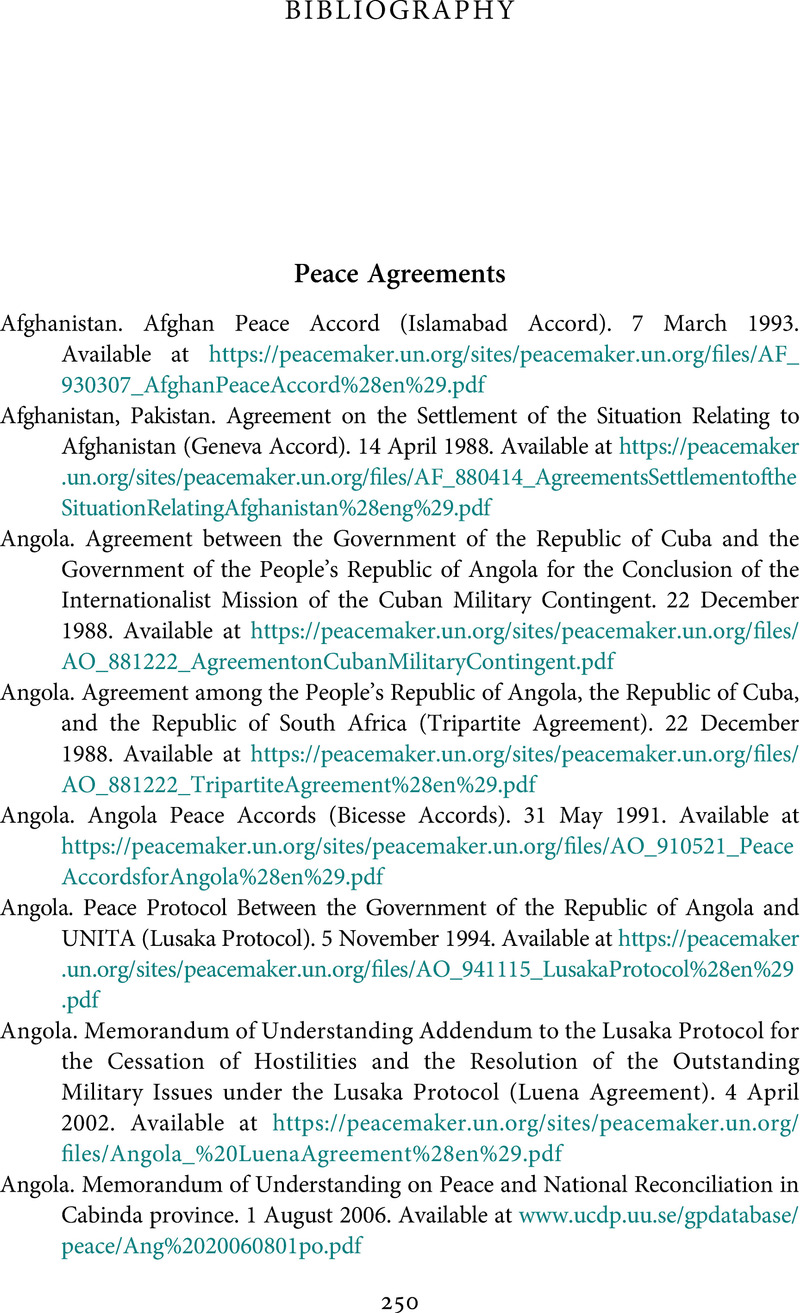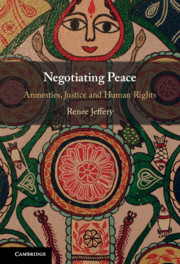Book contents
Bibliography
Published online by Cambridge University Press: 04 March 2021
Summary

- Type
- Chapter
- Information
- Negotiating PeaceAmnesties, Justice and Human Rights, pp. 250 - 291Publisher: Cambridge University PressPrint publication year: 2021

